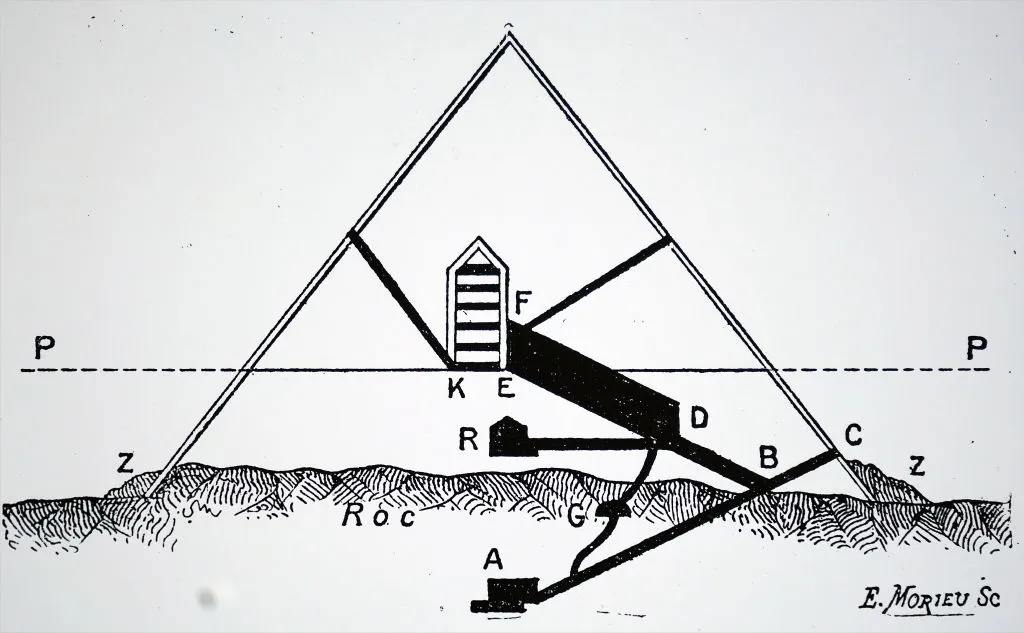The pyramids at Giza have always fascinated us - even Herodotus was told some odd tales about them by the locals when he was in Egypt around 460 BC - but is there a link between the Giza Pyramids and astronomy?
Medieval European writers who had never been to Egypt believed that the pyramids were hollow granaries for storing the Pharaoh’s wheat.
In 1638, John Greaves of Oxford made the first reasonably accurate surveys, but it was not until 19th century linguists and archaeological research in Egypt that the ingenuity of Egyptian astronomy and its link to architecture emerged.
More astronomy history:
- Astronomy's Great Debate
- The story of the Celestial Police
- A look at astronomy in literature

From these relatively recent researches, we now know that the Great Pyramid of Giza, near Cairo, was built around 2700 BC by Pharaoh Khufu, and forms one of a group of three pyramids on the site.
Each of the pyramids at Giza has an exact astronomical orientation, its flat sides the compass points.
By 1870, translations of excavated Egyptian papyri enabled scholars to gain a very precise understanding of their culture, and central to that culture was the fate of the soul of the dead Pharaoh.
To maintain peace in the land, it was necessary for the Pharaoh’s soul to journey between the mummy, entombed in the pyramid, and the heavens.
And very important to the Egyptians were the north polar circumpolar stars, named ‘ikhemu-sek’, or the ‘immortals’, because they never ‘died’ by setting below the horizon.

In fact, these Old Kingdom pyramids of the fourth dynasty had corridors that led from the interior to the northern face, and were inclined so exactly that when one looked up them one would see the pole star and the ‘immortals’.
In 2700 BC our own pole star, the North Star Polaris, would not have occupied the north polar point.
At that time the pole star would have been Thuban (alpha (α) Draconis).
A glance at the angle between Thuban and Polaris on a modern star chart will give some idea of how far the precession of the equinoxes has ‘turned’ the sky in 5,000 years.
The translation of the hieroglyphs and the ‘Dendera Zodiac’ in the early Victorian age taught us about Egypt’s 365-day calendar, constellations and the first division of the day and night into 12 hours each, as archaeology and modern scholarship replaced mystery with sound knowledge.
This article originally appeared in the March 2006 issue of BBC Sky at Night Magazine.
